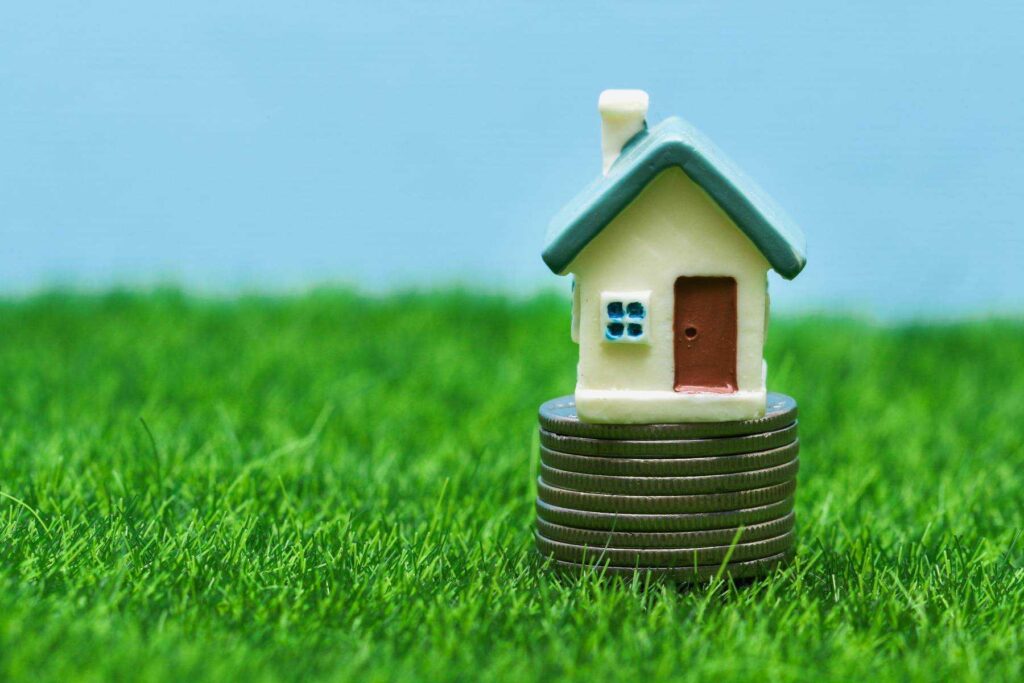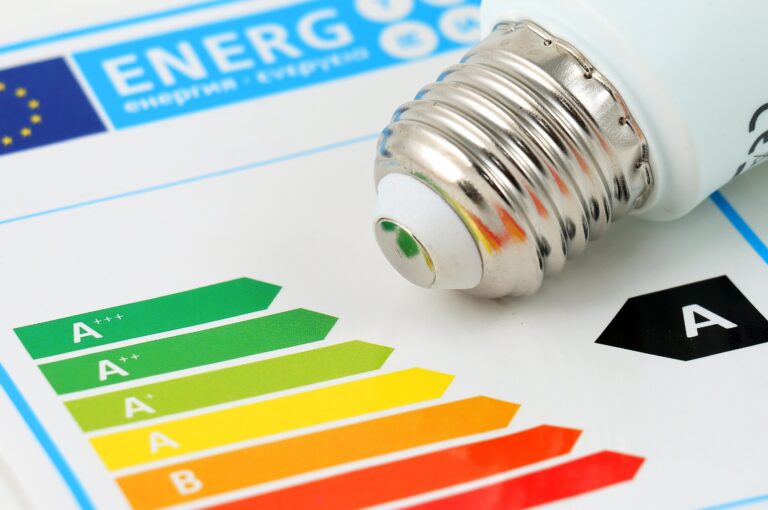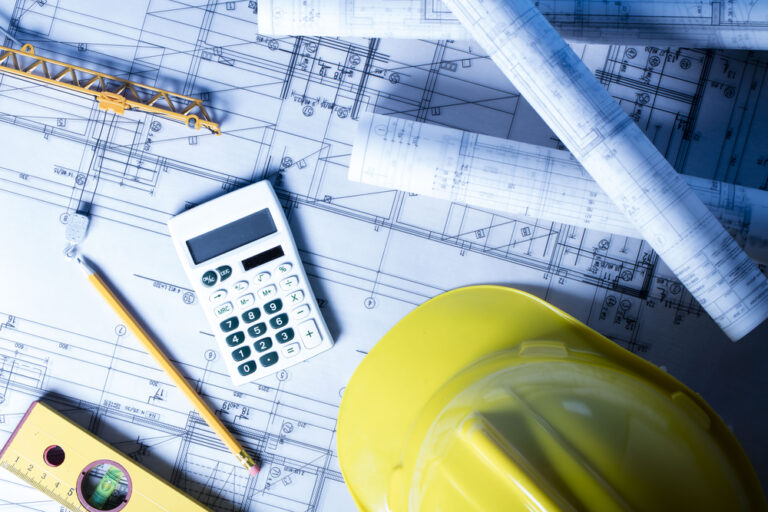With demand for housing in the UK so high, a large garden could mean you’re sitting on a pot of gold.
But selling off your garden for development is a big step and there are lots of things you’ll need to consider.
In this piece, we’ll look at how garden land is valued, what your options are when it comes to planning permission and we’ll reveal five signs that your garden could have potential for development.
Can you build on garden land?
Subject to planning approval and the size of your garden plot, it is possible to build a new property on garden land.
Can I sell my garden for development?
If you don’t want to take on a build yourself, you could consider selling some of your garden for development.
Lots of factors will affect how much your garden land is worth to a developer, including:
• The size of the plot and its condition
• The value of your property
• How scarce land is in the local area
• Whether or not you already have planning permission for the garden land
• Access to the plot by road
How to value garden land
There are two main ways to value garden land – the comparable method and the marriage value method.
The comparable method
The comparable method of valuing garden land looks at similar plots in your area and then factors in the amount of land available locally, the plot size compared with other land and the location of your property.
The marriage value method
The marriage value method works out how much the land will be worth when it’s connected with a new dwelling.
For instance, if you were to sell a section of your garden to a neighbour for them to develop, that could increase the value of their existing property
Under marriage value, that potential new property valuation is used to help calculate how much your land is worth in any sale.
How much is a square metre of garden land worth?
How much a square metre of your garden is worth will depend on its development potential, as well as a whole host of other factors.
A garden with no development potential essentially can only be used as a garden, so will be worth less than a similar piece of land that could be built on.
The location of your property, access and the value of your home can also affect how much your garden is worth.
Five signs your garden could have development potential
Knowing whether your garden has potential for development can be tricky – here are five signs that it might…
1. It’s a large plot
If your garden is big enough to comfortably fit in a house in keeping with others on the street, you could have a plot with genuine development potential.
If your garden isn’t big enough to fit a property on, though, it’s development potential will be minimal.
Planners will look at the current stock of housing on your street and generally they’ll expect a house of similar size and build to be constructed on the plot.
Essentially, much of the planning department’s consideration will come down to whether any new property fits into the context of the street and doesn’t appear too cramped on the plot.
2. No privacy or overshadowing issues
If your garden doesn’t suffer with overlooking from neighbouring properties, it could be a good plot for development.
Privacy is an essential consideration for planners, and they’ll take into account how any new property on the site may overlook neighbouring homes.
Some local authorities also have minimum separation stipulations for new homes.
Overshadowing, where a new property blocks light into a neighbouring home’s garden or interior, can also be a major issue with some garden plots.
3. A lack of trees
If your garden is an open plot with very few trees, that can make it a good site for development.
Removal of trees for development can cause problems with both the local authority and neighbouring properties, while trees with preservation orders attached to them may require a specialist survey.
4. Good access and parking
The best garden development plots are ones with direct access to roads, so if your garden has this, it could be a good site for development.
Planners will consider parking pressures, too, so if your garden is spacious enough for any new property to have off-street parking, this will go down well at the Town Hall.
5. A lack of wildlife
The removal of protected species like bats, newts or other reptiles can be an issue for some garden plot developments.
Ideally, for the purposes of selling your garden for development, it will either have a lack of wildlife or you’ll be able to present a solution that preserves it alongside any new property.
However, if wildlife is present, it will more than often than not mean you need to have an ecological survey.
Garden development planning permission
If you’re able to obtain full or outline planning permission for your garden land before you look to sell it, this can increase its value.
However, before you look to obtain planning permission, you should consider:
• If your property is in a designated land area like a conservation area, or Area of Outstanding Natural Beauty, as this could mean you have to overcome stricter planning rules
• Whether your existing property’s value would be hit by any new development on your garden land
Firstly, you should apply for outline planning permission (OPP), which, if approved, lets you know that it would be permittable to build on your garden plot.
Selling your plot with OPP is usually enough to increase the value of your land, but you could also look to obtain detailed planning permission (DPP), which outlines exactly what type of property could be built.
Further reading…
Gardens aren’t just for selling – you can add value to your property by sprucing up your front garden.
And if you’re property has a south-facing garden that, too, can really appeal to buyers.




